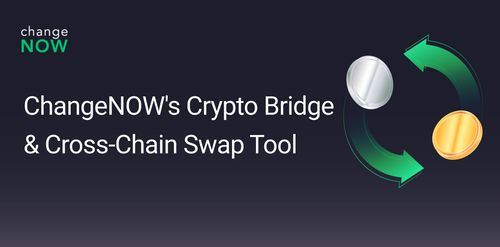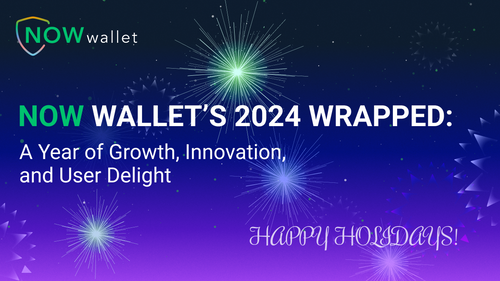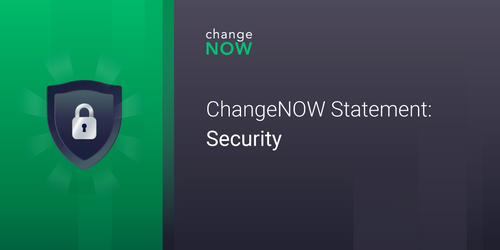What is Solana, How Does it Work and What Does it Do?
Launched in March 2020, it quickly became a popular crypto, ranking #9 on Coinmarketcap as of writing.

What Is Solana?
Solana was first proposed as an innovative blockchain in 2017 by software developer Anatoly Yakovenko. Named after a small Southern Californian coastal city, Solana was designed to work similarly to and improve upon Ethereum.
Solana uses an innovative hybrid consensus model that combines a unique proof-of-history (PoH) algorithm with underlying proof-of-stake (PoS). PoS allows validators to verify transactions based on how many coins or tokens they hold, while PoH uses timestamps to verify transactions very quickly.
Solana solves all three issues of the blockchain trilemma concerning scalability, security, and decentralization. Its architecture allows for a theoretical upper limit of 710.000 transactions per second on a standard gigabit network and 28.4 million transactions on a 40-gigabit network.
Solana is a popular fast-growing blockchain which has unique advantages, so it is often referred to as an “Ethereum killer” in the "Solana vs Ethereum" scramble.
How Does Solana Work?
Solana processes lots of transactions quickly using its unique combination of protocols. The scalability improvement is achieved by implementing the proof-of-history consensus in combination with the basic proof-of-stake consensus of the blockchain. Thanks to the innovative model, Solana attracts the attention of both small traders and institutional traders.
Bryan Routledge, associate professor of finance at Tepper School of Business at Carnegie Mellon University, points out that trying to process transactions quickly usually requires centralization. For example, Visa needs to use a huge network of computers to keep its processing speed on track. Bitcoin, on the other hand, processes transactions relatively slowly to remain decentralized.
Solana's objective is to process transactions at speeds comparable to large centralized companies like Visa and keep being decentralized herewith. Such speed allows the protocol to handle more transactions, which implies scalability because more users can use the chain simultaneously.
The need for additional security levels is due to the speed with which blocks are added to the Solana blockchain. Solana’s proof-of-history algorithm timestamps each block in a way that maintains the system’s security.
Solana’s native token is SOL, it is used to pay transaction fees on the network, or stake to earn additional rewards. The system can also perform micropayments called "lamports" that are named in honor of Leslie Lamport, an American computer scientist and mathematician best known for work in distributed systems.
Solana Proof-of-History Concept
The proof-of-history concept is described in a white paper published by Solana co-founder Anatoly Yakovenko in November 2017. The main thought is that publicly available blockchains don't rely on time, with each node in the network relying on its own local clock without knowledge of any other participants' clocks in the network.
The lack of a trusted source of time (i.e. a standardized clock) means that when a message timestamp is used to accept or reject a message, there is no guarantee that the same choice will be made by other participants in the network.
PoH gets past this obstacle, with every node in the network able to rely on the recorded passage of time in the ledger on the trustless basis that is key to blockchain functioning.
What is Solana Used For?
Solana is a network where projects can be created using advantages of scalability and flexibility. Here are just some of the use cases for Solana blockchain.
DeFi and DEX
Solana is the backbone of stablecoins like Saber that give users an option of cross-cryptocurrency trading. Saber brings vital liquidity to Solana helping facilitate the transfer of assets between Solana and other dApp platforms. As for DEX, there’s the Serum swap platform that brings benefits of a centralized exchange to the DeFi space. It is one of the only DEXes in the crypto space that attracts traders who prefer the user experience of centralized exchanges like Binance and Coinbase.
Lending Protocols
Developers have created Apricot Finance and Solend systems that allow users to deposit or lend currencies, earn interest or configure automated repayments over the Solana blockchain.
NFT apps and marketplaces
Solana is used to create NFT applications that allow users to generate and trade digital artwork. Users can create their own NFT storefronts and tools to generate them, integrate products into other applications on Metaplex and Solanart marketplaces.
Games
Thanks to Solana, players can earn crypto and NFTs by playing games that have Play-to-earn (P2E) systems. These are multiplayer worlds like Chainers and Aurory or survival-puzzle games like Naga Kingdom.
Web3 Apps
One of the most exciting developments over the Solana blockchain is apps like Blockdaemon and Buildspace, which take advantage of the Web3 infrastructure .
Solana vs Ethereum
The Solana ecosystem expands rapidly and gets more popular, inevitably being compared to Ethereum, the leading blockchain for decentralized applications (dApps). Despite Solana and Ethereum holding some things in common, they also have obvious differences.
| Solana | Ethereum | |
| Rank | 2 | 9 |
| Market cap | ~$210 billion | ~$12 billion |
| Transaction costs | $0.00025 | ~$1.68 |
| Speed
(transactions per second) |
50.000 TPS
(theoretical peak capacity is 65,000 TPS) |
15 TPS |
| dApps | 350 | ~3.500 |
| Scalability | Limited | High-Performance |
| Platform | Open source | Open source |
| Consensus
algorithm |
PoH combined with PoS | PoS |
| Programming language | Rust, C, C++ | Solidity |
Pros and Cons of Solana
Let's look at the pros that create a positive impression of Solana, and the cons that discourage users from investing in it.
Pros
- Solana’s extreme transaction speed and simple validation process bring down the transaction costs.
- Solana has achieved scalability and very low transaction fees thanks to billions of users and its innovative Proof-of-History system.
- Solana has a strong position in the fast-growing market of non-fungible tokens. Its NFT marketplace gives buyers an opportunity to make faster transactions at much lower cost.
- Solana’s computing processes are much more environmentally-friendly than, for example, Bitcoin mining, which currently produces a carbon footprint equivalent to what is produced by the entire country of Greece.
Cons
- Solana network only has 1,000 validators to date, which questions if its nature can be considered truly deсentralized.
- Hardware requirements and ongoing maintenance costs (~40,000-95,000 USD per year) create a high barrier to becoming a validator.
- Solana has only 350 projects on its network – there is definitely space for growth.
Is Solana a Good Investment?
Solana does not have a hard cap on the total number of coins issued. It started to increase its supply by 8% yearly. Expected inflation rate will decline until it reaches 1.5%, where it will remain indefinitely. Crypto investors seeking zero inflation should take that into consideration .
On the other hand, Solana is attractive to many investors because of its innovative achievement. Its potential throughput is 65.000 transactions per second with almost zero fees and focus on taking care of the environment.
Main crypto networks have a big number of active projects. Solana has more than 350, but the network is growing and users are experiencing significant progress in the short time.
Solana is still in its early stages with all its features, possibilities, limitations, and potential. It is a promising blockchain in an actively developing sector of the cryptomarket.
This article is for informational purposes only and is not to be considered financial, legal, or investment advice. Invest wisely and do your own research.



